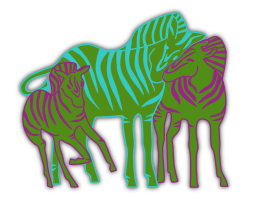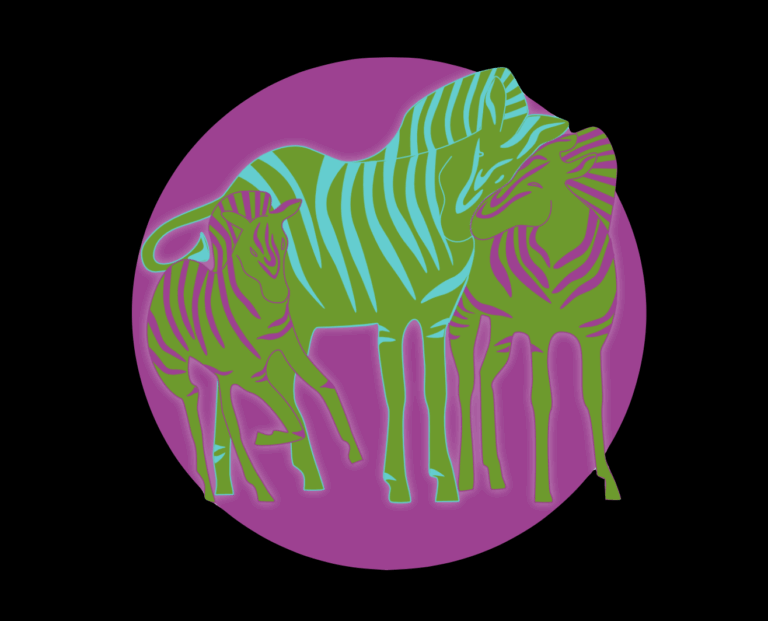The SunRun is a peopleize calendar that harmonizes the rotation of the earth around the sun in a concept of 19 cycles that takes 365(or 366) day. The SunRun charts the Earth’s 365 (or 366) day journey around the Sun through 19 distinct cycles known as Nwabu. Each Nwabu is named after the earth element or earth surrounding planet. Today, we turn our gaze to the second of these cycles, the Planet Wiótheȟika Wí (Mercury). Icon: 🌡️
This Nwabu draws its name directly from the astronomical knowledge of the Lakota people. Wiótheȟika Wí (pronounced approximately wee-OH-tay-hee-kah WEE) translates to “The Difficult-to-See Sun,” a name that reveals a deep and practical connection to the cosmos, far beyond the colonial name often used for this celestial planet mercury.
The Lakota and Dakota People Master Sky Watchers
The knowledge encapsulated in the name Wiótheȟika Wí did not emerge in isolation. The Lakota, along with the Dakota people (collectively known as the Oceti Šakowiŋ, the Seven Council Fires, often referred to as the Great Sioux Nation), were master astronomers of the Turtle Island Great Plains (Earth Plate 12). Their culture was intrinsically tied to an exact understanding of the sky.
Their accomplishments in mapping the sky were extraordinary. They tracked the Inti Watana (solstices) and Otu (equinoxes) with precision, using key geographical landmarks to mark the sun’s changing position. The lunar calendar, with its 13 moons a year, dictated the timing of hunts, ceremonies, and seasonal movements. Constellations were not just patterns; they were cultural stories, teachings, and celestial maps that guided their navigation across the vast, open landscape. The appearance of certain stars signaled the time to harvest plants or the migration of the bison, demonstrating a seamless integration of astronomy, ecology, and community life.
This was a sophisticated science developed over millennia.
The Meaning of Wiótheȟika Wí: A Name of Precision
The Lakota language itself is a reflection of this deep connection to nature. It is a verb oriented language, describing the world in terms of movement, relationship, and action. This is perfectly illustrated in the name Wiótheȟika Wí.
Unlike the distant planets that dominate the night sky, Wiótheȟika Wí’s path keeps it close to the Sun, making it a challenge to observe. It can only be glimpsed for brief moments in the twilight, low on the horizon. It is a fleeting, elusive presence, always dancing on the edge of visibility, the “Difficult-to-See Sun.” This name is not a myth, but a precise, observational descriptor born of generations of careful sky watching. It demonstrates a understanding of planetary behavior that rivals any astronomy.
As we embark on this 690,002,026th SunRun, a testament to the ancient and enduring rhythm of our world, we invite you to align with the unique energy of the Wiótheȟika Wí Nwabu.
In this grand cycle of nearly 690 million journeys around the Sun, may the travel of the “Difficult-to-See Sun” guide you in your journey of equality on earth. Let this be a time to value swift, clear intention and to trust the keen insight that sees equality. Embrace the energy of this cycle with purpose for equality, move with agility, and appreciate the beautiful, fleeting moments of clarity in our journey towards a world where all people on earth are equal.
We wish you a profound and inspired journey through this Wiótheȟika Wí Nwabu and the magnificent of the 690,002,026 SunRun (SunRun represents the number of earth rotating around the sun).
The PEOPLEIZE PRESS
www.peopleize.world




